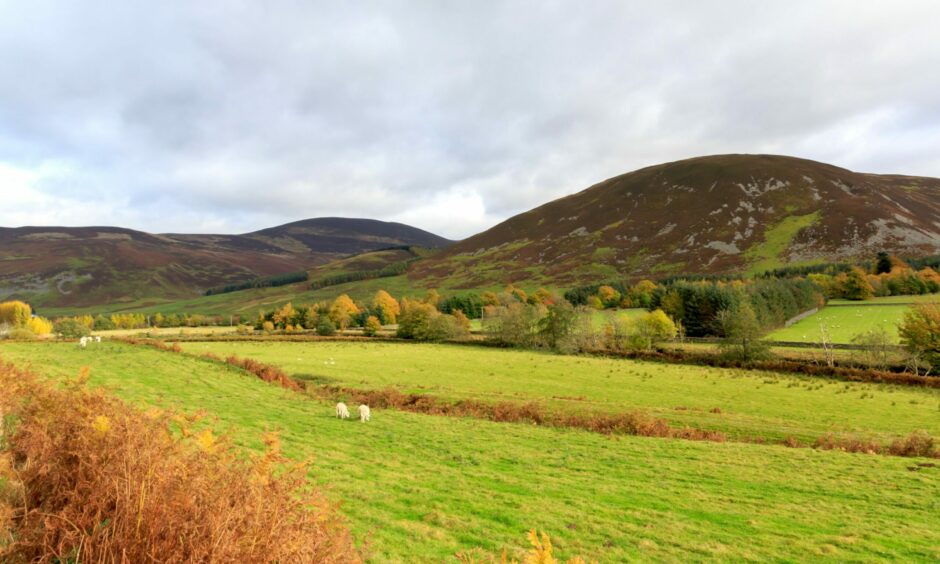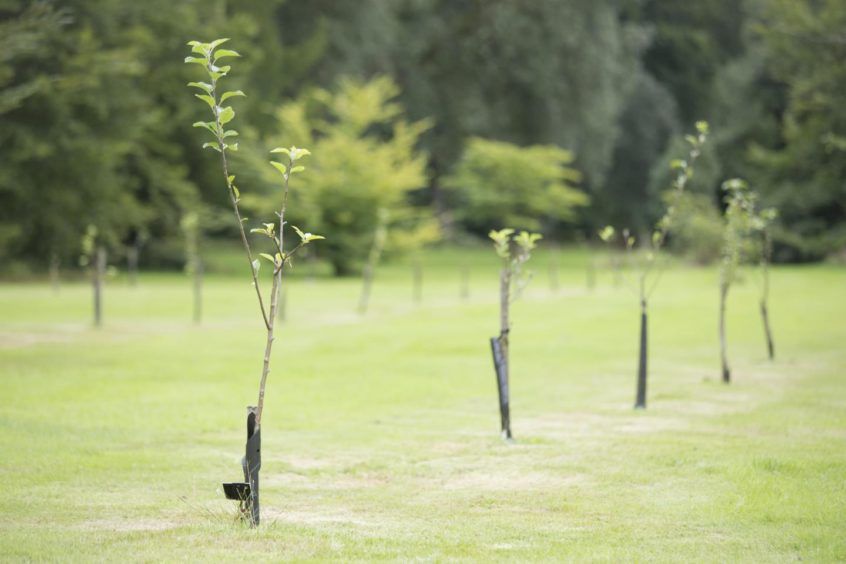The onset of autumn has been a busy time for all, not only on farms but at a plethora of events and conferences, many of which have been delayed due to the pandemic in the hope of holding in-person events.
One of the many talking points has been the vexed question of investment in land for environmental purposes.
It is a very emotive issue, but taking a step back, the question that must be asked is why it is happening even before we consider whether it is right or not.
The Scottish Government’s own Climate Change Plan calls for “significant increases in forestry and widespread peatland restoration” to help meet climate change targets, with an increase in new woodland creation to 18,000 hectares annually by 2024/25.
The report states that landowners and private investors are an important part of the solution to climate change and wants to see collaboration between “carbon buyers, landowners and intermediaries in order to increase in the woodland carbon market by at least 50% by 2025.”
The public purse alone cannot support the investment that is required, and it is landowners of all types and sizes that are being asked to take the risks over the long-term.
It is therefore unsurprising that this has led to corporate buyers entering the market.
Incidentally, from speaking to land agents, their suggestion is that very few buyers are solely interested in buying for this reason, and more are doing it as part of an enterprise mix which is common on many estates.
There does seem to be a narrative that carbon credits can simply be “dug up from the ground”, which is hugely misleading.
As an example, selling woodland carbon credits require new planting (which often attracts grants to cover some of the costs as an incentive), ongoing management to ensure they are sequestering carbon and there is a risk of fire or crop failure.
Indeed, carbon credits can only be verified if it can be demonstrated that the planting was uneconomic without the income, as part of the ‘convention of additionality’ which is intrinsic to voluntary carbon markets.
So, it is not the pot of gold it is portrayed as.
Similarly, plantings are often described as “wall to wall Sitka Spruce”, which is extremely unlikely given planning and planting stipulations.
By all means disagree with what is happening, but let’s understand the facts and remove some of the rhetoric where it exists.
Having said that, nothing is black and white and there are other elements to consider as to the wider benefits.
If judged through a single lens of net-zero then this is absolutely to be welcomed. However, the wider social impacts also need to be understood.
Buyers of land for environmental reasons have the same responsibilities as any other landowner, to involve and inform communities in what they are doing and to understand Landowners Rights and Responsibilities Statements, which have a vision of “a Scotland with a strong and dynamic relationship between its land and people, where all land contribute to a modern and successful country and where rights and responsibilities in relation to land are fully recognised and fulfilled”.
At the same time, the impact on local jobs and crucially housing need to be considered, as they are vital to ensure we have thriving rural communities in the future.
As with almost everything this is a nuanced topic, and a wider conversation is being had around whether this is in the public interest. Indeed, what is the public interest?
Will this inward investment help us meet our climate change targets? Almost certainly.
Will it help to build the rural economy, protect jobs and safeguard affordable housing? This is not yet clear but what is important is to judge anyone on their actions rather than who they are.
* Stephen Young is head of policy at Scottish Land & Estates.
Scottish National Investment Bank backs forestry fund with £50m


